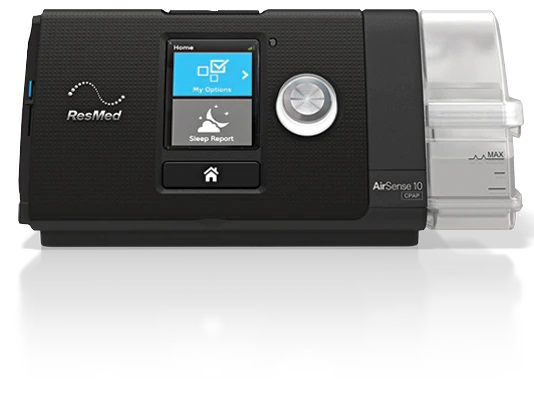
Open-source firmware turns CPAP machines into coronavirus ventilators
- June 11, 2020
- 0
The Airbreak firmware is a big step toward transforming the Airsense 10 CPAP machine into a non-invasive ventilator.
Steven J. Vaughan-Nichols
Thanks to the coronavirus pandemic, we are woefully short of ventilators that can give the most gravely ill a chance for life. There are many efforts afoot to build more ventilators. Now, instead of building ventilators, a group of open-source developers has a new idea: Create a firmware update, Airbreak, which can transform common Constant Positive Airway Pressure (CPAP) machines into non-invasive ventilators.
Their first effort — a proof of concept — converts the Airsense 10 CPAP machine, which is a common, inexpensive sleep apnea treatment device, into a ventilator. It does so by simply replacing its existing firmware with updated firmware.
With this upgrade, the Airsense could be used as an emergency ventilator until a better, purpose-built ventilator is available. It has the following ventilator features:
- · Adds a Pressure Control Ventilator (PCV) mode that oscillates between high and low pressure at a configurable breathing rate (stock firmware supports only a single pressure, with no breath rate control).
- · Allows maximum pressure to be increased to 30 cm H2O, as required by clinical protocols (stock firmware is limited to 20cm H2O).
- · Allows smooth rapid pressure change rates for respiration rates up to 30 breaths per minute (stock firmware changes pressure at less than 1cm/sec).
- · Unlocks all the vendor modes and tunable configuration parameters, including ST and iVAPS modes present in the firmware.
- · Provides access to all of the sensors (flow, pressure, temperature, tidal volume, minute ventilation, etc).
- · Displays real-time graphs on the screen to show an immediate history of sensor data.
Read the full article here.




